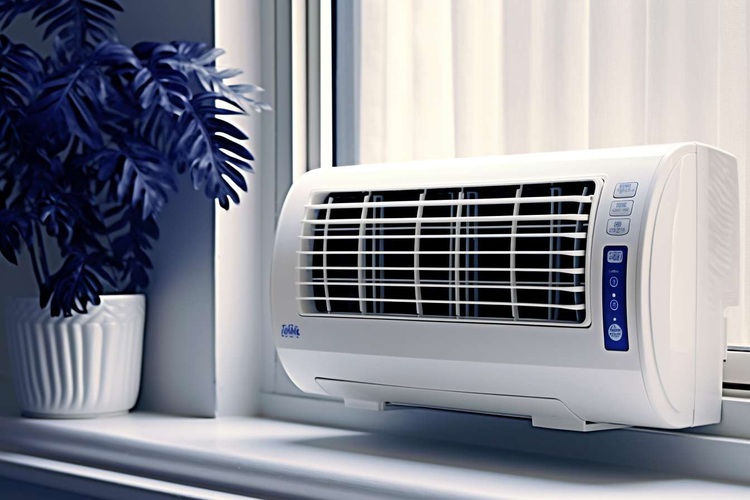How Humidifiers Work and Why They Are Used in Homes
Humidifiers are devices that add moisture to the air inside buildings. They can help keep rooms comfortable and make breathing easier. This article explains how humidifiers operate, the different types available, and the ways they can be used in daily life.

Understanding Different Types of Home Humidifiers
Humidifiers come in several distinct varieties, each using different methods to add moisture to the air. Evaporative humidifiers use a fan to blow air through a moistened filter or wick, while ultrasonic models create a fine mist through high-frequency vibrations. Steam vaporizers heat water to create steam, and impeller humidifiers use a rotating disc to fling water at a diffuser that breaks the droplets into a fine mist.
The Science Behind Indoor Humidity Control
Maintaining proper indoor humidity levels typically requires keeping relative humidity between 30% and 50%. Humidifiers help achieve this balance by monitoring air moisture content through built-in hygrometers and releasing appropriate amounts of water vapor. This process helps prevent issues associated with overly dry air, such as static electricity, cracking wooden furniture, and respiratory discomfort.
Benefits of Using Room Humidifiers
Room humidifiers can provide several advantages for household environments. They may help reduce the risk of airborne viruses, as proper humidity levels can make it harder for certain pathogens to survive. Additionally, appropriate moisture levels can help prevent dry skin, reduce static electricity, and protect wooden furniture and musical instruments from damage caused by excessive dryness.
Maintaining Household Air Quality with Humidifiers
Regular maintenance is essential for ensuring humidifiers contribute positively to indoor air quality. This includes daily water changes, weekly cleaning with vinegar or manufacturer-recommended solutions, and replacing filters as scheduled. Proper maintenance prevents the growth of bacteria and mold, which could otherwise be dispersed into the air.
Choosing the Right Humidifier for Your Space
The selection of an appropriate humidifier depends on room size, desired features, and specific needs. Below is a comparison of common humidifier types and their characteristics:
| Humidifier Type | Coverage Area | Maintenance Needs | Average Price Range |
|---|---|---|---|
| Evaporative | Up to 1000 sq ft | Weekly cleaning, filter replacement | $30-100 |
| Ultrasonic | 250-400 sq ft | Daily water change, weekly cleaning | $40-150 |
| Steam Vaporizer | 200-300 sq ft | Weekly cleaning, minimal parts | $20-60 |
| Impeller | 300-500 sq ft | Regular cleaning, filter replacement | $30-80 |
Prices, rates, or cost estimates mentioned in this article are based on the latest available information but may change over time. Independent research is advised before making financial decisions.
A well-maintained humidifier can significantly improve indoor comfort levels and air quality when used appropriately. Understanding the different types available, their maintenance requirements, and optimal usage patterns helps ensure these devices effectively serve their intended purpose in maintaining healthy indoor environments.
This article is for informational purposes only and should not be considered medical advice. Please consult a qualified healthcare professional for personalized guidance and treatment.




